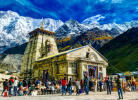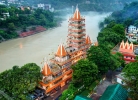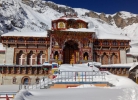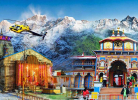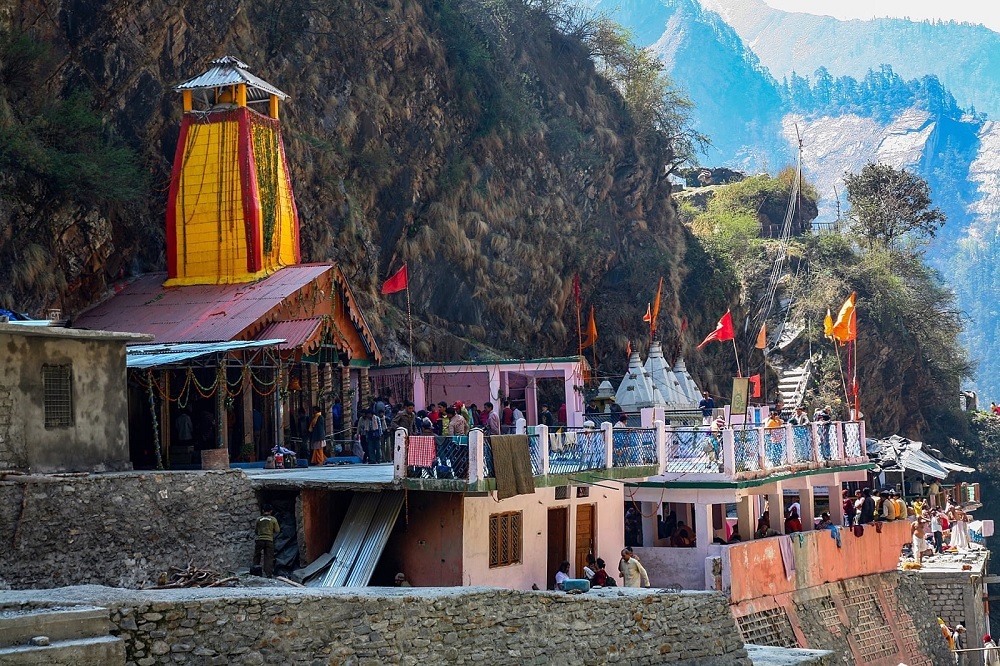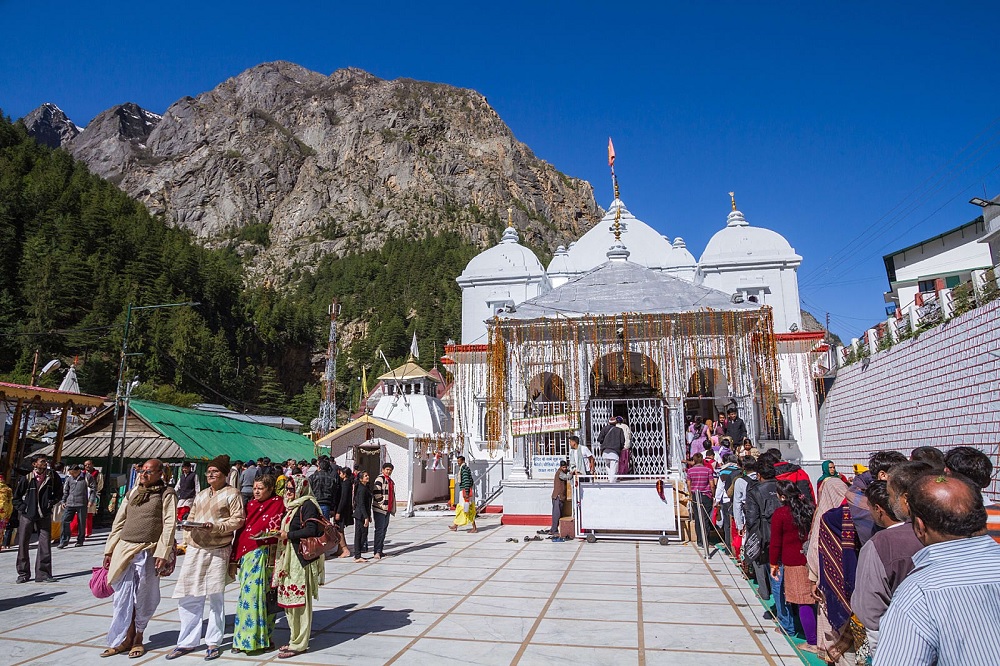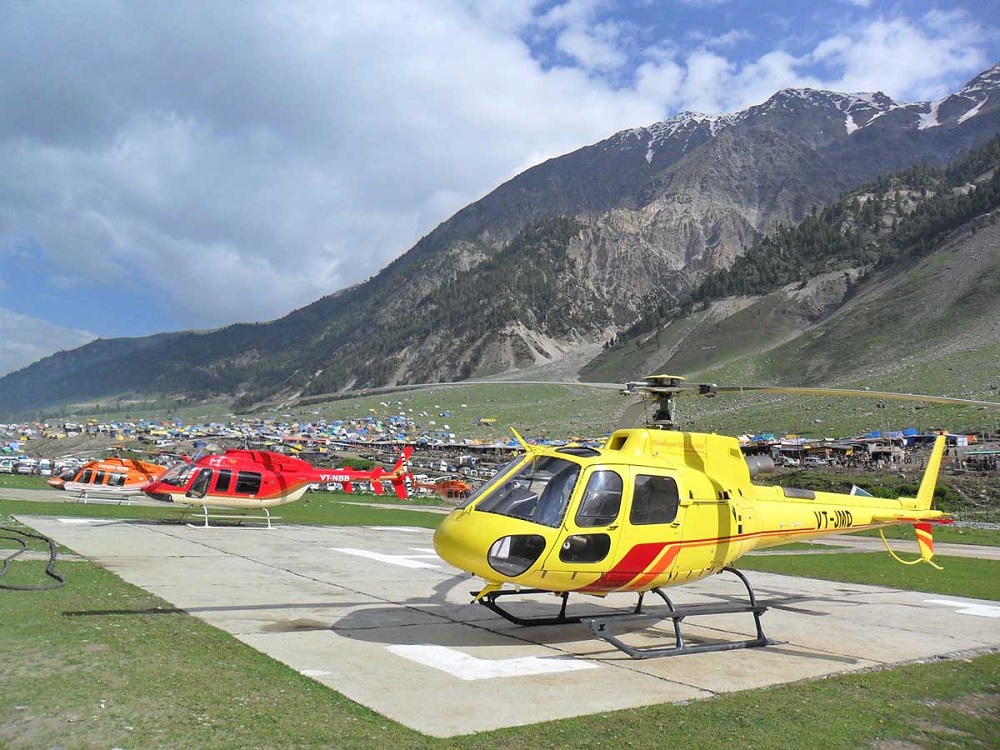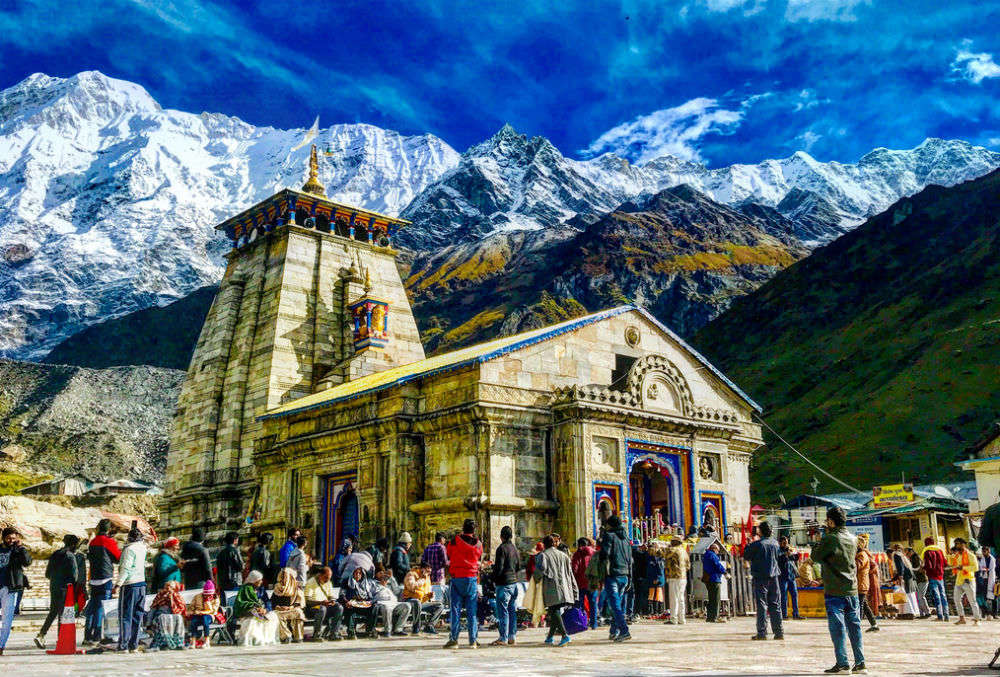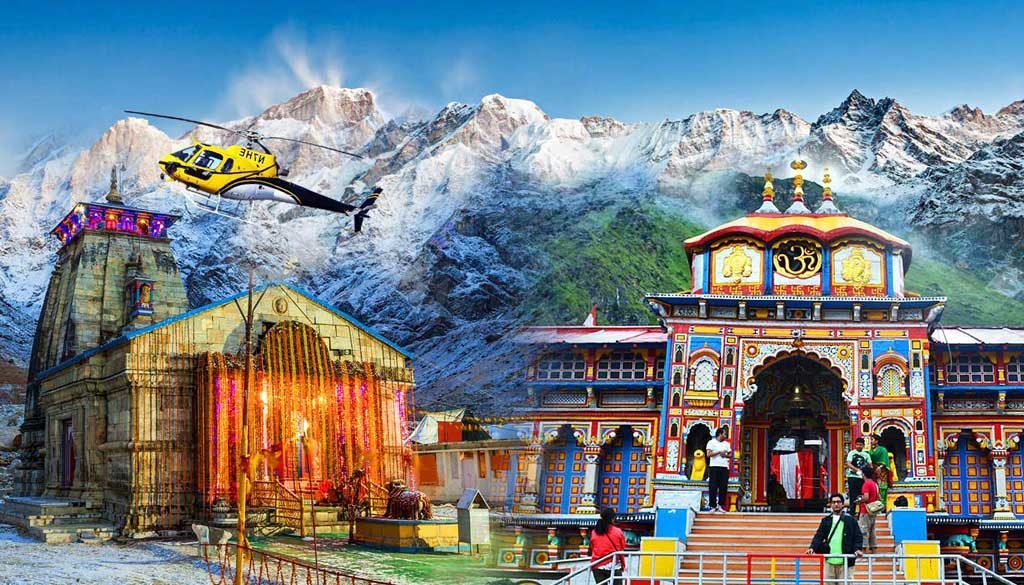Yamunotri Yatra, Uttarakhand
Yamunotri is one among the sacred places of Sanatana-dharma situated in Uttarakhand; the other 3 being Gangotri, Kedarnath & Badrinath. These four places are known as the Chota Char Dham. Yamunotri is located at a height of 3323 m higher than the ocean level within the western Garhwal Himalayas, within the Uttar Kashi District.
Once in a year, a huge number of pilgrims visit Yamunotri from April-November for doing darshan of Mother Yamuna, the presiding deity of the river Yamuna. Yamunotri Dham showers its blessings to the wanderers to own a protected and unforgettable religious journey forward.
Dedicated to god Yamuna, the temple is seated on the beautiful river Yamuna in Uttarkashi district of Uttarakhand. The original source of river Yamuna is at a little distance from the temple resided at a height of about 4,421 m i.e 14,505 ft on the Kalind Mountain. The river Yamuna has also been given the status of the nurture of Indian lands and therefore is idolized widely amongst Hindus.
The journey to Yamunotri isn’t finished without providing potato and rice within the hot spring of Surya Kund close to the sacred shrine. Devotees provide this within the temple and take the boiled rice home in the form of Prasad.
Beauty of Yamunotri
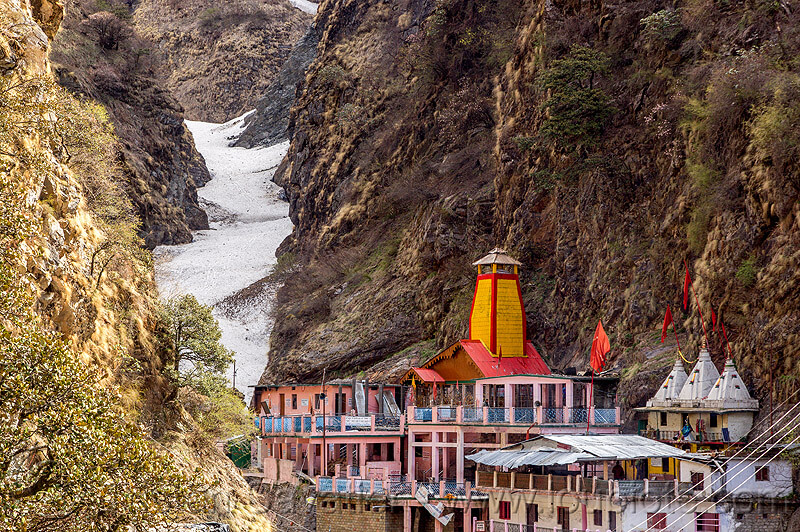
Yamunotri is of course presented with rich beauty and charm. At a gliding altitude of 3293 meters, Yamunotri lies tangent to the Indo-Chinese border and is surrounded by lofty peaks on all sides. extremely revered because the origin of the majestic River Yamuna, Yamunotri is famed for its glaciers and thermal springs that build it one in all the foremost vital stopovers within the schedule of Hindu pilgrimage. in step with Hindu tradition, Yamuna is that the sister of Hindu deity, the god of death.
A holy dip during this river secures an easy death to the devotee. an exhilarating and exhilarating location within the footsteps of Garhwal mountain ranges, Yamunotri offers picturesque surroundings with amazing shrubs, lush meadows and gushing cascades.
A legendary place, that demands countless courage and stamina to achieve, Yamunotri would be an ideal place for those that love escapades. The trek to Yamunotri is awesome, defeated by mind stealing views of rugged peaks and deep forests.
From the snow-covered peaks to the greenish-blue lakes, Yamunotri has incredibly romantic allures on the store for those that are young at heart. Its imposing walking trails beside the gushing streams presents some spectacular moments that one might always remember.
Legends of Yamunotri
The Yamunotri shrine belongs to goddess Yamuna who for all pious Hindus holds the status of the almighty Mother to the mankind. it's believed that life on Earth keeps going with the support of rich nourishment, coming back from the grace and blessings of god Yamuna. except for spiritual beliefs, river Yamuna is famous as a significant Indian river and maybe a part of the renowned Sister Rivers trio ‘Ganga, Yamuna, Saraswati’.
In the year 1839, Tehri Naresh, King Sudarshan Shah created the Yamunotri temple in honour of god Yamuna. That temple, however, was intensely broken by a fierce earthquake. Jaipur Maharani Guleria took the initiative to reconstruct and renovate the temple and therefore the new and present temple of Yamunotri came into being within the latter a part of the nineteenth century.
There are several legends related to the Yamunotri temple. in step with spiritual legends, goddess Yamuna is a girl to Surya Dev, the Sun God and Saranyu, the god of Consciousness and is sister to Yama, the God of death. therefore Hindus believe that by offering Puja at Yamunotri they'll get the blessings of not solely goddess Yamuna however also of Surya Dev, her father, Saranyu, her mother and Hindu deity, her brother.
Devotees always remember to require their dip within the waters of the holy river Yamuna because they assume that by doing so that they would be ready to get eliminate the worry of mortality or death. The hill falling next to the source of Yamuna river is known as after Yamuna Devi’s father, Surya Dev. it's named as Kalind Parvat as Surya Dev is also otherwise named as ‘Kalind’.
Best Time to Visit Yamunotri
Due to its high altitude location, Yamunotri Dham remains open to the devotees for less than a short period of six months. the end of April or starting of may is chosen for the opening of the portals of this sacred Hindu shrine because the snow melts and therefore the weather becomes pleasant.
The temple closes right after the festival of Diwali and its deity is moved to Kharsali Village to be idolized for successive six months of the winter season.
Therefore, the best time to visit Yamunotri is between April and November amidst April to mid-June & Oct to mid-November being the most ideal time.
Summer
The month of April marks the start of the summer season in Yamunotri during the day it is warm. The temperature in summer that lasts until mid-June ranges between keeping it quite nice for devotees to perform the holy journey.
Monsoon
The season of monsoon is packed with significant rains that generally continue for days. the average temperature drops a small amount being the highest. although the Yatra tends to happen during this season fully swing as well, it's wise to determine the weather outlook and carry essential gears like raincoats, umbrella, walking sticks, etc.
Winter
Like all the other Chota Chardham destinations even Yamunotri closes down for a time period of six months with the onset of winter in mid to end November. The mercury dips to sub-zero figures and also the entire region is roofed below the thick blanket of snow. The idol then is dropped at a lower region of Kharsali Village for the devotees to worship.
